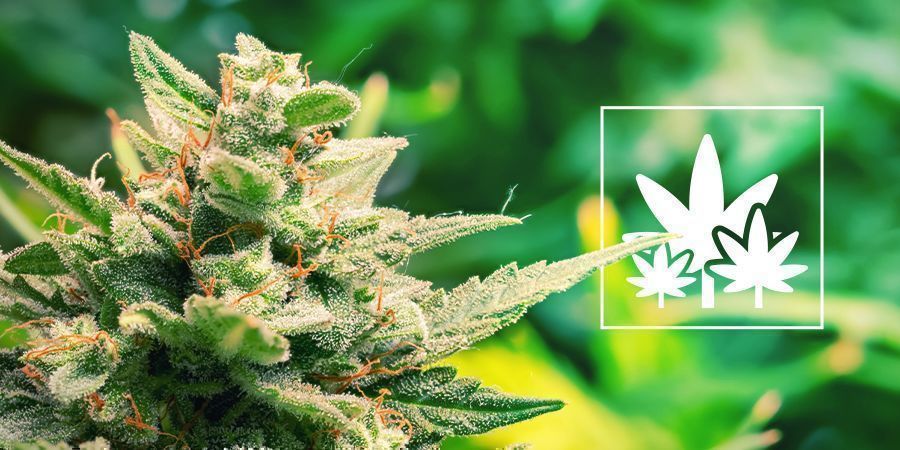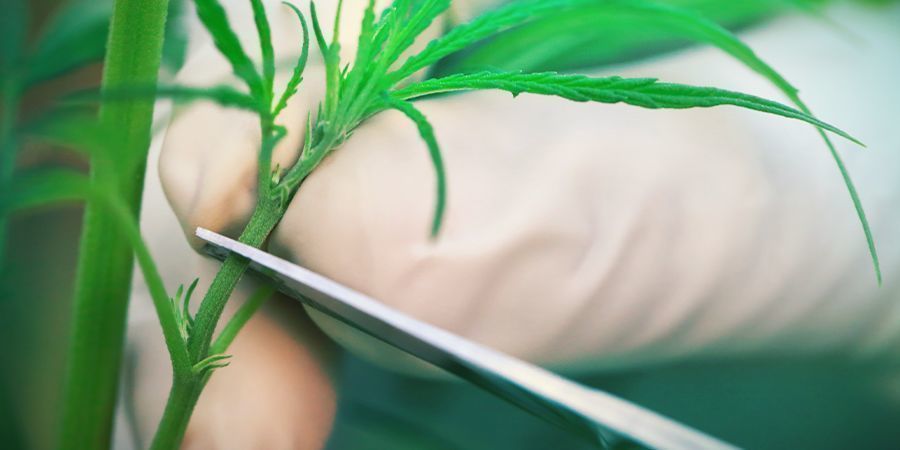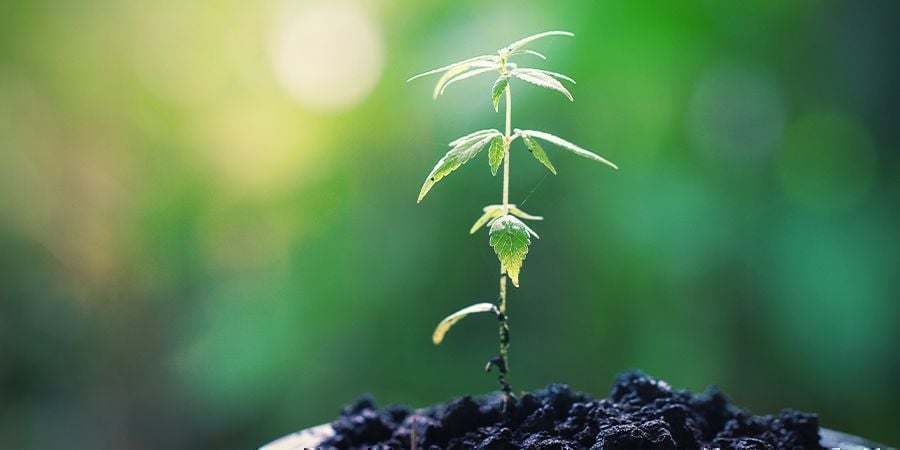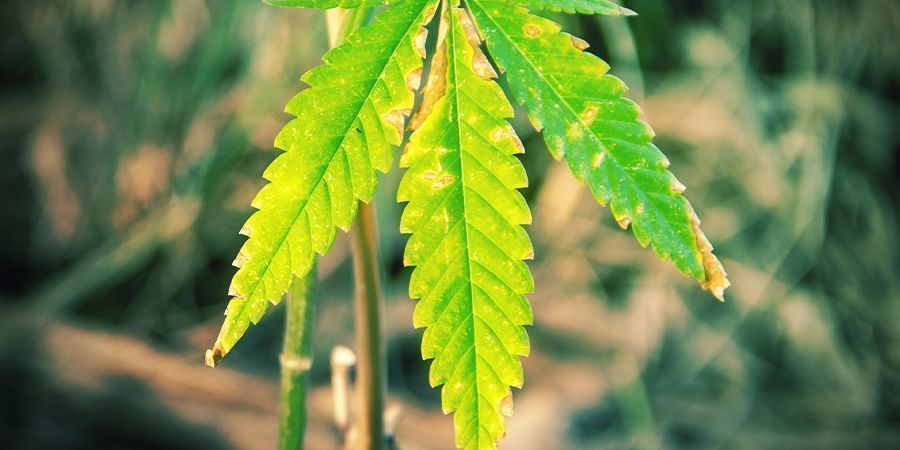Growing The Motherload From Mother Plants

Cultivating plants from cannabis seeds is a gamble. Not only is the quality of the seed’s genetics in question, but how well it was preserved too. If you have been cultivating for a while now, hopefully a great plant has emerged. One from which the bud was so good, you couldn't believe it.
You thought it was beyond your abilities to achieve such a specimen, and you'd hate to see it go. What if you could get more out of your proudest horticultural achievement? There is, in fact, a way to keep those genetics around longer. Get going with our guide to maintaining your own "mother plant".
WHAT IS A MOTHER PLANT?
A mother plant is a plant so good that fresh cuttings are taken from it to grow exact genetic copies. Taking cuttings instead of growing seeds leads to a more consistent crop in terms of potency and finishing time. However, these mother plant “clones” can still display variations in phenotype. A unique plant with exceptional qualities is usually chosen to become a mother plant.
With appropriate care, you can continue to keep this plant alive for anywhere between 6 months and 3 years, and beyond. This could be a cost-effective solution for your cultivation operation.
CHOOSING A MOTHER PLANT

You can vet potential mother plants by taking cuttings of existing plants during the second or third week of the vegetative phase. Whichever one turns up best is your new mother. Your candidate for mother plant will certainly be a healthy-looking specimen with strong colours. If the buds glisten with crystal trichomes, that suggests a high amount of cannabinoids in its resin. If there is a large yield of high-quality bud, that signals a high-quality plant worth hanging onto.
Pleasant aroma also plays a large role in mother plant selection for various reasons. A plant’s resistance to disease, rot, and pests is another variable to consider. You'll know the right plant when you see it because you won't want to part with it. Once you’ve selected your mother plant, it must be kept in the vegetative stage for as long as you hope to take clones, unless you’re “monster cropping”, that is.
TAKING CARE OF MOTHER PLANTS

Now that you have a mother plant, you must care for it. The long-term investment will be worth it to recapture the magic of such an optimal plant. The cuttings will only deliver if the plant is well-nourished. Take nutrition seriously; don’t go crazy by adding too much nitrogen, but don’t skimp on it either.
Choose a fertiliser with a 1:1 ratio of nitrogen to potassium, as too much potassium can also hamper your plant's potential. It should also contain plant hormones auxin and cytokinin, which produce healthier roots and branches. Try a higher ratio of cytokinin to auxin to boost the growth of your plant.
Your fertiliser should also have calcium and amino acids to support your plant's vigour. There are cultivators who recommend a mixture of fulvic acid and seaweed 2-3 times per week. Doing this in the weeks prior to taking cuttings is believed to aid plant growth by stimulating enzymes. Don't skimp on water.
Explore hydroponic systems that work best for your needs. Keep the soil pH levels between 5.8 and 6.7. Provide at least 18-24 hours of light for the plant every day. White light with blueish tones will mimic the natural conditions for vegetative growth in springtime.
AS THE MOTHER PLANT GETS OLD

Extending the life of these plants can result in the most wonderful yields. But alas, they can only last for so long. Over time, you will notice diminishing returns. It's just the nature of mortality in the natural world. Typically, plants are annual, completing their lifecycle from germination to the production of seeds within one year. Keeping plants alive for successive years is possible, but typically by the third year, it will be weaker. The ability to break down nutrients is diminished as the plant's cells degrade.
Your plant will probably be getting bushy anyway without meticulous regular trimming. The clones you grow from it will be noticeably less potent. The vivid colour and strong smell will also be diminished. At this point, there are a number of things you can do with the cuttings.
If you are going to throw them away, at least compost them; it's an environmentally responsible way of making good use of the waste, nourishing new plants, and thus, allowing the circle of life to thrive. You can always get another plant, however much joy this one brought you. Good growing, everyone!





 United States
United States











